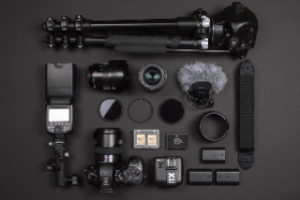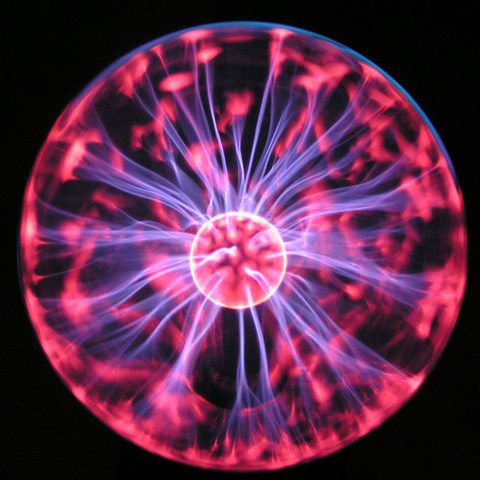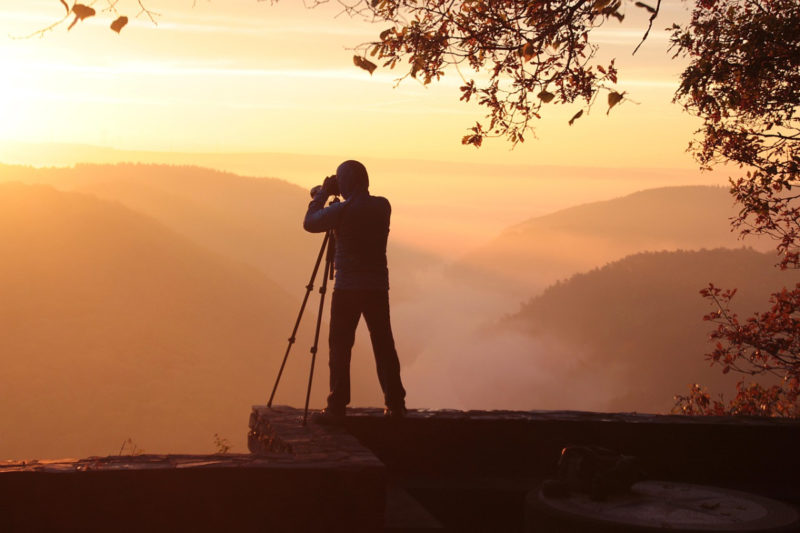Photography is more than just pressing a shutter—it’s an experience shaped by preparation, comfort, and equipment care. Many enthusiasts begin their journey by exploring the world of DSLR cameras, drawn by their balance of control and image quality. Alongside the excitement of capturing moments, the choice of a camera backpack quickly becomes essential, ensuring that gear is carried safely and conveniently wherever inspiration strikes.
Selecting how to transport photography gear is often underestimated. Yet the ability to move with ease, knowing that delicate lenses and bodies are protected, allows a photographer to focus on creativity instead of logistics. A thoughtfully designed bag does more than hold equipment—it creates a sense of readiness for the day ahead. Whether travelling across continents or heading out to a nearby park, the way equipment is packed affects not just safety, but also the mindset of the person behind the lens.
Comfort plays a central role. Carrying heavy gear over long distances can quickly turn an inspiring day into an exhausting one. The design of supportive straps, breathable padding, and weight distribution makes the difference between an enjoyable outing and one cut short by discomfort. Photographers who spend hours wandering city streets or hiking through nature trails know that their own endurance is just as important as the battery life of their gear. A pack that sits properly on the shoulders and back transforms carrying into a seamless extension of the photographic process.
Organisation is another essential factor. Inside every well-made bag lies a system of compartments and dividers that provide a home for each piece of equipment. Lenses of different focal lengths, filters, batteries, and memory cards all find their place. This arrangement is not simply about neatness—it is about speed and efficiency. When the light is perfect for only a few fleeting minutes, the ability to reach immediately for the right lens or accessory is what turns opportunity into a captured image.
Durability cannot be overlooked. Weather, travel, and everyday movement expose equipment to a variety of hazards. Rain, dust, and unexpected bumps all threaten sensitive gear. Materials that resist moisture and impact offer peace of mind. Reinforced stitching and sturdy zippers ensure that daily use does not gradually wear down the pack. Investing in reliability means fewer interruptions and fewer worries when conditions are less than ideal.
Aesthetics also play their part. While function is the primary concern, many photographers seek gear that reflects their own style. Some prefer sleek, minimalist designs that blend into urban life, while others lean toward rugged, outdoor-ready looks. The bag becomes an extension of the photographer’s identity, much like their chosen camera and shooting style. A sense of pride in the equipment one carries can influence confidence and presence in the field.
Travel considerations add another layer. Photographers who fly often must think about airline restrictions and cabin storage. A well-sized pack that meets carry-on requirements can save the stress of checking valuable gear. Quick-access compartments for documents and personal essentials make moving through airports smoother. For those who venture into remote locations, external straps for tripods or water bottles provide added flexibility. Each journey requires a balance between mobility and preparedness.
Adaptability is equally essential. Photography is not a static pursuit, and neither are the demands placed on carrying solutions. A day spent on landscape work might require multiple wide-angle lenses, while a portrait session may call for lighting accessories. A good bag evolves with these changing needs, allowing reconfiguration of dividers or expansion through modular attachments. Flexibility ensures that the limitations of their storage never constrain a photographer.

Practical experience often reveals the subtle details that reviews cannot fully convey. The feel of a zipper, the placement of a pocket, or the angle at which a compartment opens can have a surprisingly strong impact on usability. Photographers frequently discover what works best through trial and error, learning how to arrange equipment to match personal habits. Over time, the pack becomes as customised as the camera settings themselves, forming part of a familiar rhythm each time it is picked up.
Security also enters the discussion. Crowded environments can expose photographers to risks beyond weather or wear. Discreet designs that do not immediately reveal their contents reduce unwanted attention. Lockable zippers or hidden compartments add another layer of protection. Feeling secure allows photographers to immerse themselves in their surroundings without distraction, confident that their tools remain safe.
Ultimately, choosing how to carry gear is about balance—between comfort and protection, form and function, preparation and spontaneity. A well-considered decision supports not just the camera but also the photographer’s journey. It enables a smoother flow of movement, a more explicit focus on subjects, and a stronger connection to the moment being captured. The best bag is not the one with the most features, but the one that disappears from notice once strapped on, allowing energy to be entirely directed toward creativity.
For those beginning their photographic journey, the process of selecting gear can feel overwhelming. Yet within the variety of options lies the chance to find something deeply personal. As photographers refine their craft, they discover the tools that best serve their vision. The way equipment is carried becomes part of that story, an often silent partner in the pursuit of images that speak louder than words.
A reliable carrying solution is more than storage—it is part of the creative ecosystem. It supports the exploration of places, the patience of waiting for perfect light, and the spontaneity of capturing fleeting expressions. Each time the pack is lifted, it signals the start of possibility, an invitation to step out the door and into the world with curiosity and intent. Just as every lens tells a different story, the way equipment is carried shapes the experience of describing it.




